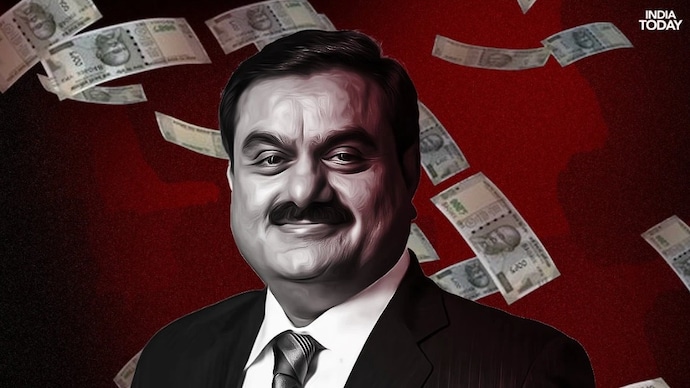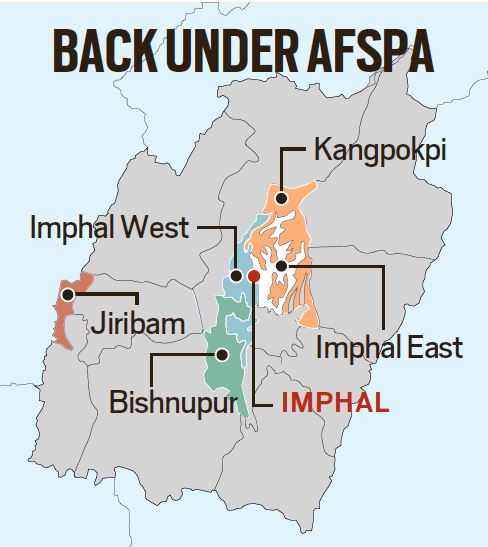Known as the Bard of Avon, William Shakespeare (1564–1616) is still regarded as one of English history's most important authors and theatre directors. He wrote two lengthy narrative poems, 154 sonnets, and 39 plays. Shakespeare's works speak to universal human emotions and experiences across time and cultural boundaries. This essay explores the literary strategies and themes that characterize his lasting impact, as well as the relevance of his texts, evaluations of particular works, and the circumstances surrounding their production and adaptation.
Image generated by AI Image Generator Canvas
95.1) Exploring Shakespeare's Texts
Shakespeare's plays have enthralled audiences and academics for more than 400 years because they explore human nature in great detail and deal with universal issues like love, power, ambition, and death. His poetry and plays give enduring perspectives on the human condition by reflecting our innermost wants, anxieties, and imperfections.
Shakespeare not only contributed to topic depth but also had a major influence on the English language. Among the more than 1,700 words he coined were *assassination*, *lonely*, and *bedroom*. Through his innovative use of language, he altered English and enhanced its expressive capacity by creating new words and idiomatic expressions like "break the ice" and "laughingstock." His writings are a mainstay of the literary canon and are studied all over the world for their creative value, inventiveness in language, and cultural significance.
95.2) Analyzing Specific Texts
95.2.1) Hamlet
95.2.2) Macbeth
95.2.3) A Midsummer Night's Dream
95.2.4) Sonnet 18 (Shall I compare to thee to a Summer's Day)
95.3) Creation, Adaptation and Performance
95.4) Themes
1) Shakespeare explores love in all its manifestations, whether it be romantic (*Romeo and Juliet*), familial (*King Lear*), or platonic (*The Merchant of Venice*).
2) The disastrous consequences of unbridled ambition are a major theme in plays such as *Macbeth* and *Julius Caesar*.
3) Comedies such as *Twelfth Night* and *As You Like It* have narratives that revolve around themes of disguise and mistaken identity.
4) As demonstrated in *Hamlet* and *Sonnet 73*, Shakespeare regularly reflects on the impermanence of life and the certainty of death.
95.5) Language
95.6) Literary Devices
1) Metaphor and Simile: Phrases such as "All the world's a stage" (*As You Like It*) are filled with vivid imagery.
2) Dramatic Irony: As in *Othello*, where the audience is aware of Iago's machinations while the players are not, dramatic irony is used to increase tension.
3) Foreshadowing: Builds tension, as in *Macbeth*'s witches' prophecies.
4) Soliloquy: Shakespeare's tragedies are known for their use of the soliloquy, which enables characters to express their innermost thoughts to the audience.
95.7) Conclusion
Team Yuva Aaveg-
Adarsh Tiwari
🌟 Join Yuva Aaveg! 🌟
A vibrant community dedicated to empowering youth with the latest insights, discussions, and updates on topics that matter. Connect with like-minded individuals, share ideas, and stay inspired to make a difference.
📲 Join us on WhatsApp and Telegram for exclusive updates and engaging conversations!















